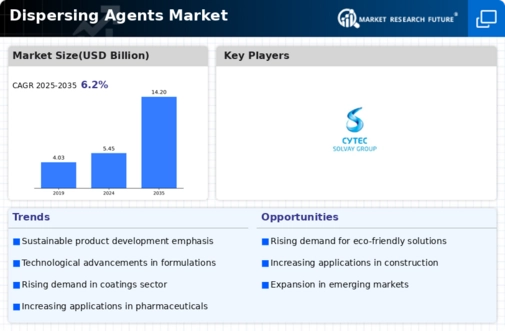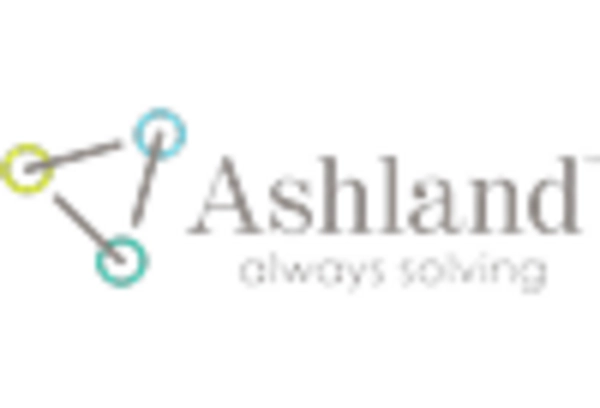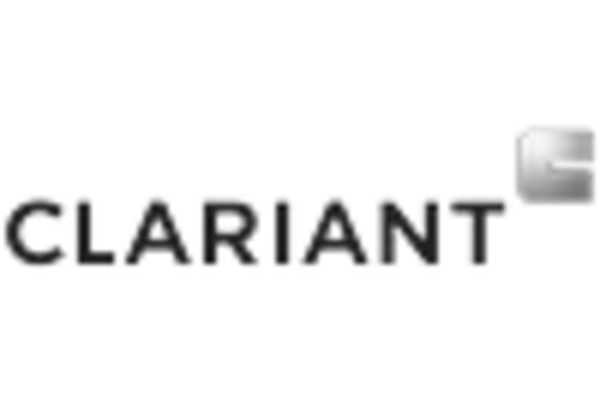Market Trends
Key Emerging Trends in the Dispersing Agents Market
The dispersing agents market has been experiencing significant trends in recent years due to various factors such as increasing demand from end-use industries, technological advancements, and growing awareness about the benefits of dispersing agents. One of the key trends driving the market is the rising demand for dispersing agents in the paints and coatings industry. Dispersing agents play a crucial role in improving the dispersion of pigments and fillers in paints and coatings, which enhances the overall quality and performance of the end product. With the growing construction and automotive sectors globally, the demand for paints and coatings is on the rise, thereby driving the market for dispersing agents.
The growing demand from the end use industries is a major factor driving the growth of the global dispersing agents market.
Another important trend in the dispersing agents market is the increasing use of water-based dispersing agents as a sustainable alternative to solvent-based dispersing agents. Water-based dispersing agents are environmentally friendly and offer several advantages such as low volatile organic compound (VOC) emissions, reduced toxicity, and improved safety for workers. As sustainability becomes a key focus for industries across the globe, the demand for water-based dispersing agents is expected to grow significantly in the coming years.
Additionally, technological advancements have been playing a crucial role in shaping the dispersing agents market. Manufacturers are investing in research and development activities to develop innovative dispersing agents that offer better performance and efficiency. These advancements include the development of dispersing agents with improved stability, compatibility, and dispersibility, which cater to the evolving needs of various industries such as paints and coatings, construction, and pharmaceuticals.
Moreover, the growing awareness about the benefits of dispersing agents among end-users is driving market growth. Manufacturers are actively promoting the advantages of using dispersing agents in various applications, which has led to increased adoption across different industries. Dispersing agents help improve the flow properties, stability, and homogeneity of formulations, thereby enhancing the quality of end products. As industries strive to achieve higher levels of performance and efficiency, the demand for dispersing agents is expected to continue to grow.
Furthermore, the dispersing agents market is witnessing significant growth in emerging economies such as China, India, Brazil, and South Africa. Rapid industrialization, urbanization, and infrastructure development in these regions are driving demand for paints and coatings, adhesives and sealants, and other end-use products that utilize dispersing agents. Moreover, favorable government initiatives and policies aimed at promoting investment in various industries are further fueling market growth in these regions.

















Leave a Comment